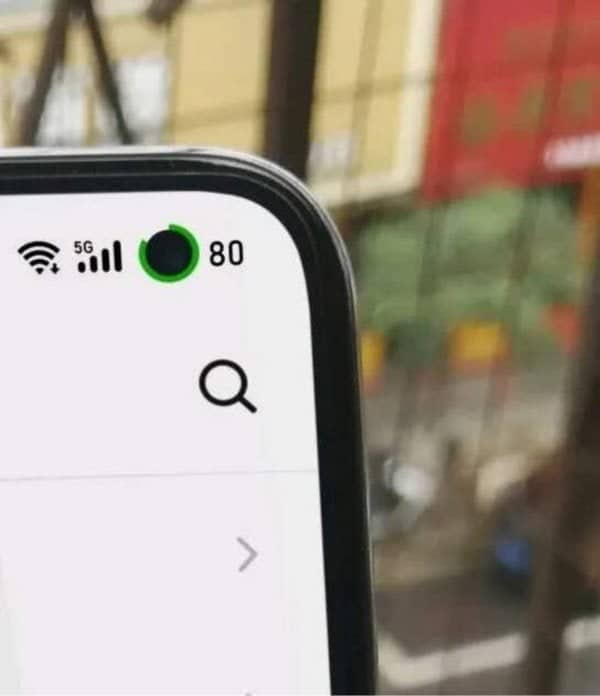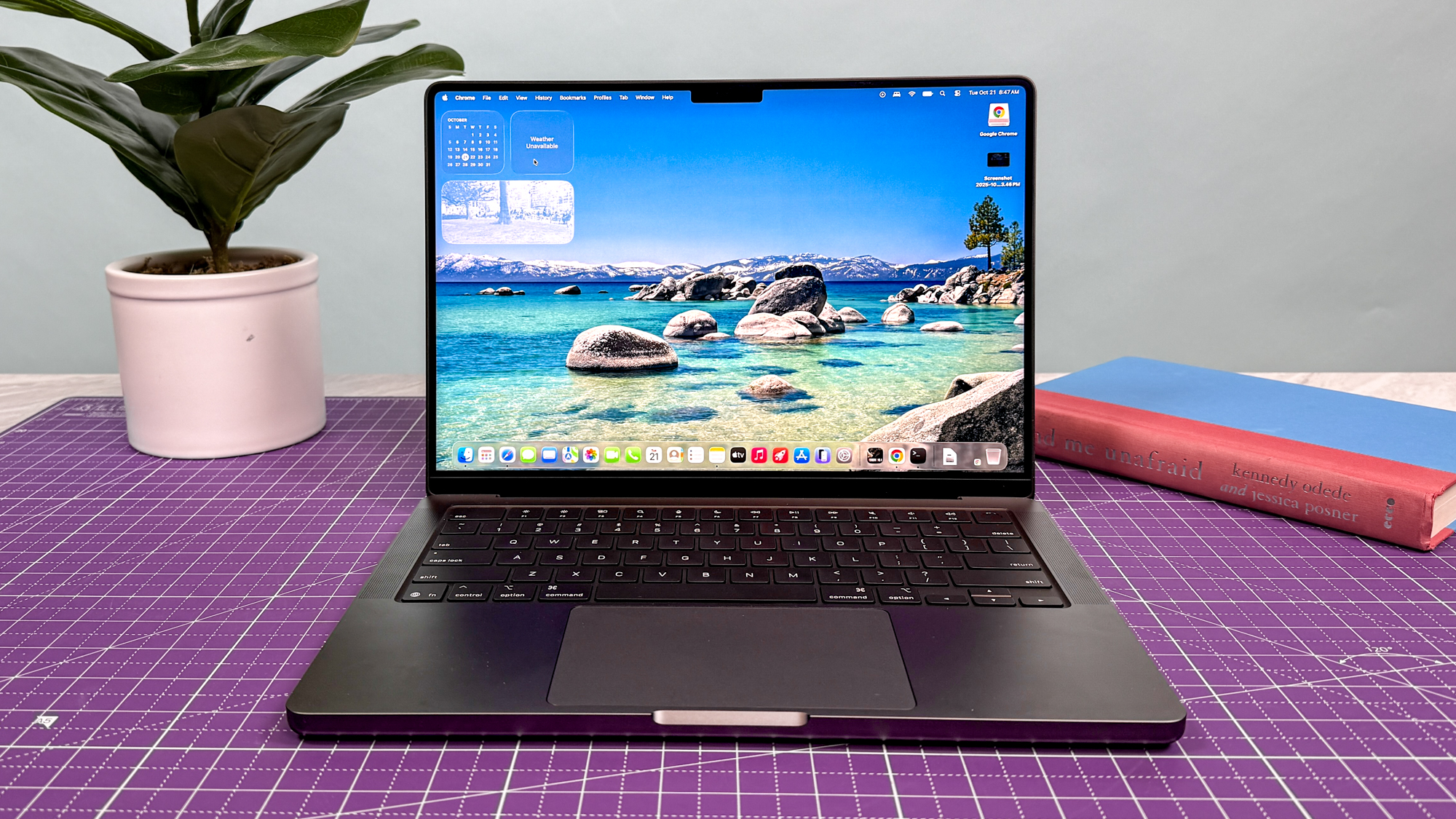The Samsung Galaxy S20 could really use this cool new interface trick
A battery indicator built around the punch hole.

Like the company’s previous flagships, the Meizu 17 will probably have great specs at a great price, but its greatest feature may actually be a clever user interface element built around its camera punch hole.
I just wish the Samsung Galaxy S20 and any other Android phone with this type of display used this smart graphic element. It’s the neatest user interface trick I’ve ever seen.
- Here’s how to hide punch-hole cameras
- Samsung Galaxy S20 review
- Motorola Edge Plus leaked: Your best look yet at the Galaxy S20 rival

What a smart — and now seemingly obvious — decision!
Meizu — a Chinese company known for making impressive, beautifully designed phones at really good prices — has been able to stay away from both for the longest time. Instead of embracing Apple or Samsung’s aesthetics, Meizu always opted for symmetrical designs with minimal bezels. Its new flagship, however, has abandoned that philosophy of keeping hardware design as clean as possible, which found its maximum expression in the Meizu Zero, a phone with no holes or buttons of any kind.
But perhaps because their latest push to create the maximum expression of the minimalist phone failed to grab any traction — the $1,300 price tag probably didn’t help — the company has decided to embrace Samsung’s punch-holed displays.
However, instead of trying to “hide” the hole with cute wallpapers, Meizu embraced it and turned it into part of circular battery indicator. And by attracting your attention to it, Meizu turned the jarring hole into a seamless part of the phone user experience, making it “invisible” in the process. It’s a neat trick. I’m not a fan of punch holes or notches of any kind, but if you have to one, then this is the way to go.
Beyond that, and according to Gizmochina, the Meizu 17 is rumored to have a 6.4 to 6.5-inch FHD+ AMOLED display with a 90Hz refresh rate and a 19.5:9 size ratio. It will be powered by the Snapdragon 865 processor, running on the new LPDDR5 RAM and sucking on a 4500mAh battery with 30W wireless fast charging.
Get instant access to breaking news, the hottest reviews, great deals and helpful tips.
Jesus Diaz founded the new Sploid for Gawker Media after seven years working at Gizmodo, where he helmed the lost-in-a-bar iPhone 4 story and wrote old angry man rants, among other things. He's a creative director, screenwriter, and producer at The Magic Sauce, and currently writes for Fast Company and Tom's Guide.

